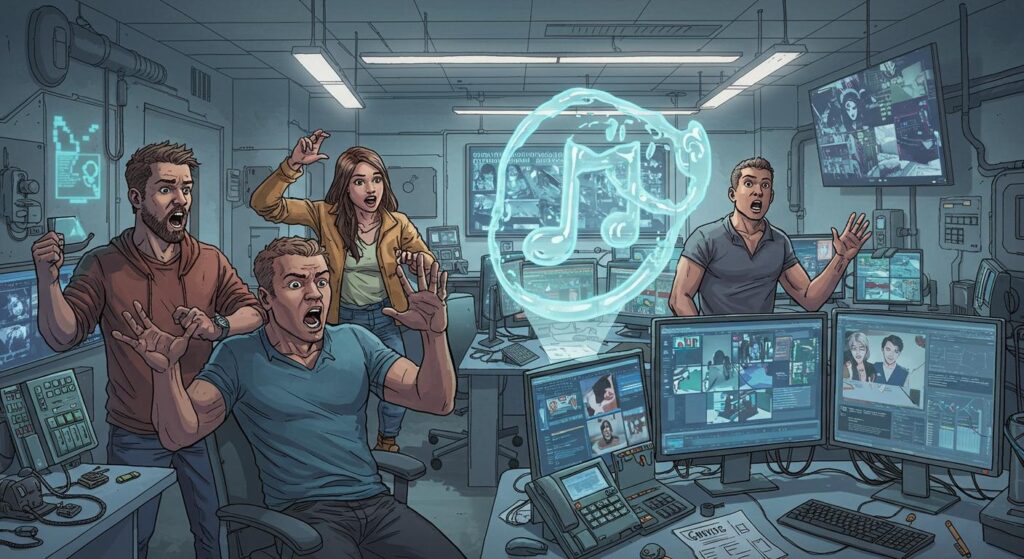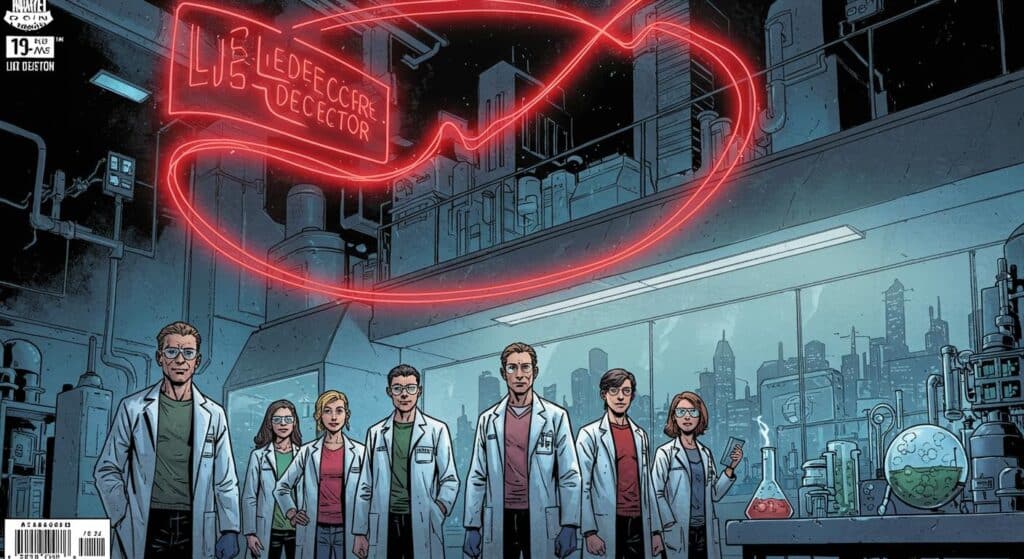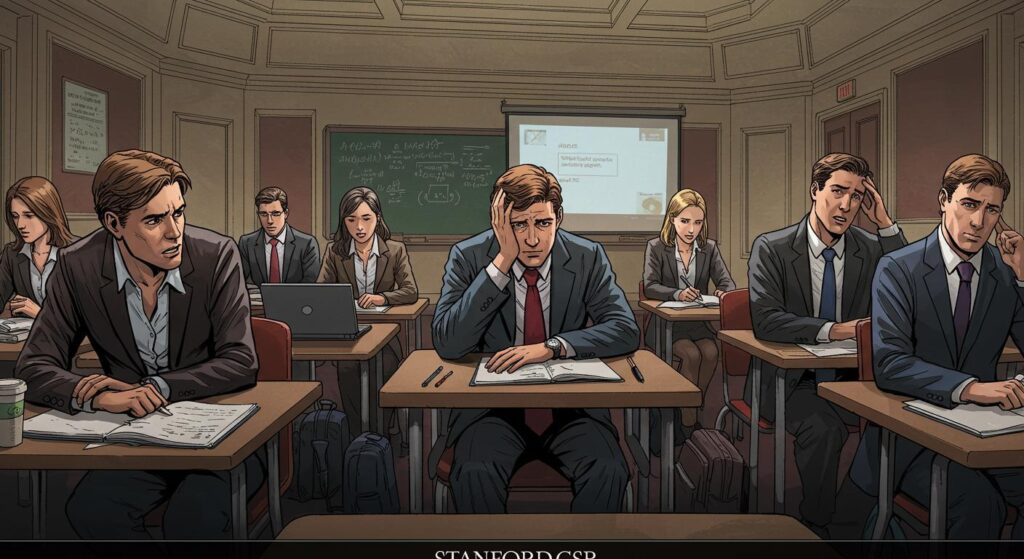Of all the places to encounter a blast from the past—or at least from a questionable cable channel—few would put “Oklahoma State Board of Education closed session” at the top of their list. And yet, as KFOR documents, that’s exactly where Oklahoma officials now find themselves: sorting out how images of naked women reportedly ended up on the TV in Superintendent Ryan Walters’ office, during a meeting that was supposed to be about school transfers, not, well, body transfers.
When Closed Sessions Get Too Open
Details shared by board members Ryan Deatherage and Becky Carson, as first covered in The Oklahoman and echoed by NonDoc, describe the surprising turn. During a closed session, with a family appealing a school transfer, Carson and Deatherage say they saw footage of naked women “just walking across the screen” on a TV mounted directly behind Walters. Carson summed up her disbelief with the kind of clarity only shock can provide: “Those are her nipples… That’s pubic hair. What in the world am I watching?”
Adding a time-capsule twist, Deatherage told NonDoc that the nude women appeared to be on a vintage “chiropractic table,” and Carson suggested to The Oklahoman that the footage looked like it could have come straight out of the 1960s. In office television bingo, “accidental throwback nudity” is a space most would hope to leave unmarked.
An Unscripted Pause—and a Policy Flashback
What happened next might ring familiar for anyone who’s ever been caught off guard by technology in a high-stakes setting. According to both Carson and Deatherage, Walters immediately stood up and turned off the TV after being confronted, but skipped any sort of apology or explanation. NonDoc further notes that Carson felt Walters simply “blew it off,” the kind of non-reaction that only leads to more questions: technical mishap or something more avoidable?
KFOR highlights that this wasn’t just an awkward blip. Oklahoma’s own state employment policies are clear: accessing “obscene or sexually explicit material” on state devices is strictly prohibited, with consequences ranging up to termination. Former board member and attorney Tim Gilpin pointed out to KFOR that if a teacher were caught in similar circumstances, they’d be swiftly suspended and possibly dismissed entirely. Deatherage and Carson, apparently still grasping for logic, wondered whether Walters should face a review of his teaching certificate, given his penchant for strict discipline in other cases.
Political Whiplash and an Evasive Defense
By Friday, the political response machine was thoroughly oiled. Senate President Pro Tem Lonnie Paxton, as cited by KFOR, framed the claims as a “bizarre and troubling situation” that “demands clarity and transparency.” Education Chair Adam Pugh agreed, saying the event “warrants further explanation and transparency,” and both praised the quick move by the Office of Management and Enterprise Services (OMES) to investigate.
Speaker Kyle Hilbert, similarly, called for an immediate third-party review, urging Walters to “unlock and turn over all relevant devices.” Not to be outdone, House Democratic Leader and 2026 gubernatorial candidate Cyndi Munson invoked her focus on students and the need for accountability, telling KFOR she’d follow the Speaker’s guidance and await a thorough probe.
Governor Kevin Stitt—who endorsed Walters in the past but recently distanced himself—offered an understated comment. As referenced in KFOR’s coverage, he expressed “profound disappointment” should the allegations prove true. It’s a tidy statement for a moment that seems anything but.
Yet, denial also arrived in forms both sharp and dismissive. The Oklahoman reports that Walters’ spokesperson called the entire thing a “junk tabloid lie,” chalking it up to a “hostile board” and “an alleged random TV cable image.” It’s the sort of explanation as old as modern media—blame the messenger or the electronics, preferably both.
Carson and Deatherage, however, reiterated to KFOR and The Oklahoman that they stood by their account. “We hold educators to the strictest of standards when it comes to explicit material. The standard for the superintendent should be no different,” Deatherage wrote in a statement. Carson, echoing that sentiment, emphasized, “There has to be accountability.”
Patterns, Policies, and the Persistence of the Weird
So, is this a freak technological misfire, or a more human error hiding behind the world’s most unfortunate television timing? There’s a certain irony in a superintendent known for disciplinary fervor now sitting at the center of a textbook-worthy office scandal.
The elements at play—a closed meeting, images from a bygone era, a sudden nonchalance—feel like the opening scenes of a case study on how not to run a public-facing institution. Given Oklahoma’s pattern of recent education controversies, perhaps the only surprise is that the TV was still plugged in at all.
There are procedural questions that any seasoned investigator (or, say, a librarian with a penchant for policy footnotes) might ask: Who else had access to the room? Was the input source confirmed, or was this the result of some Office Depot-grade remote mix-up? Will state board orientations in the future include a training video on AV equipment, minus the wardrobe surprises?
While the OMES investigation promises answers, it’s what happens next that’s most telling. Will the standard be applied consistently, or will occupational irony prevail once more?
Oklahoma public meetings may not be famous for their unpredictability, but this incident—surfacing amid calls for transparency and strict policy enforcement—will almost certainly serve as a cautionary tale. Maybe, just maybe, the next time the board meets, someone will double-check what’s on the screen before calling the session to order. Or is that just wishful thinking in the age of rogue remotes?







